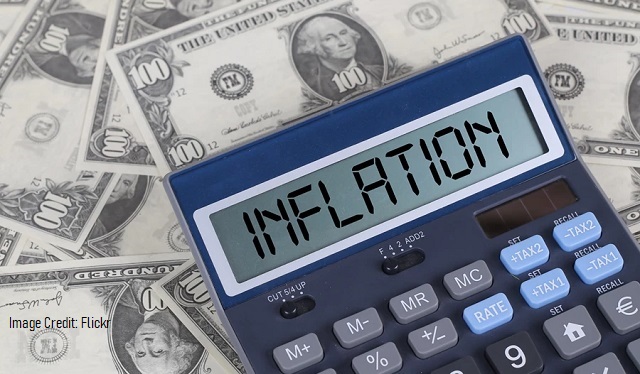‘Shrinkflation’: The Latest Consequence of Reckless Federal Spending, Explained

Companies are adapting to a surge in their expenses in a crafty way.
We already know that top inflation metrics have recently surged, and executives at companies like Costco are warning that price hikes are hurting their customers. Now, there’s a new inflation consequence hitting consumers: “Shrinkflation.”
I’d never heard the term before today, but new reporting from the Washington Post explains how some companies are dealing with inflation in their supply costs by shrinking the sizes of their products, to avoid the customer backlash that comes with raising sticker prices.
“Consumers are paying more for a growing range of household staples in ways that don’t show up on receipts — thinner rolls, lighter bags, smaller cans — as companies look to offset rising labor and materials costs without scaring off customers,” the Post reports. “It’s a form of retail camouflage known as ‘shrinkflation,’ and economists and consumer advocates who track packaging expect it to become more pronounced as inflation ratchets up, taking hold of such everyday items such as paper towels, potato chips and diapers.”
Consumers are paying more for a growing range of household staples in ways that don’t show up on receipts as companies look to offset rising labor and materials costs without scaring off customers https://t.co/Hjl3tlV86k
— The Washington Post (@washingtonpost) June 2, 2021
“Consumers check the price every time they buy, but they don’t check the net weight,” consumer advocate Edgar Dworsky told the newspaper. “When the price of raw materials, like coffee beans or paper pulp goes up, manufacturers are faced with a choice: Do we raise the price knowing consumers will see it and grumble about it? Or do we give them a little bit less and accomplish the same thing? Often it’s easier to do the latter.”
This is just a crafty way companies are adapting to a surge in their expenses that isn’t their fault. But it’s more than a novel business trend worth noting—it’s yet more evidence that when policymakers make decisions that ultimately cause inflation, it hurts everyday citizens in their wallets in thousands of small ways. Each instance of paying 2 percent more for something or getting 5 percent less may pass without notice, but overall, you’re quietly getting poorer.
“Shrinkflation” just puts a name to this ongoing reality.
It’s important to remember that the current increases in inflation are directly attributable to policy changes the federal government has made. Rather than pay for their multi-trillion-dollar “stimulus” spending in full with taxes, politicians have opted to have the government simply print more money to pay for it all. This ultimately leads to indirect taxation of us all through inflation.
“Nearly one-quarter of the money in circulation has been created since January 2020,” FEE economist Peter Jacobsen explains. But printing more money doesn’t mean we actually have more stuff, and “if more dollars chase the exact same goods, prices will rise.”
Or, alternatively, packages will shrink. Either way, consumers like me and you lose thanks to Washington’s profligacy.
Like this story? Click here to sign up for the FEE Daily and get free-market news and analysis like this from Policy Correspondent Brad Polumbo in your inbox every weekday.
COLUMN BY
Brad Polumbo
Brad Polumbo (@Brad_Polumbo) is a libertarian-conservative journalist and Policy Correspondent at the Foundation for Economic Education.
EDITORS NOTE: This FEE column is republished with permission. ©All rights reserved.


Companies could just accept less profits.